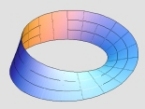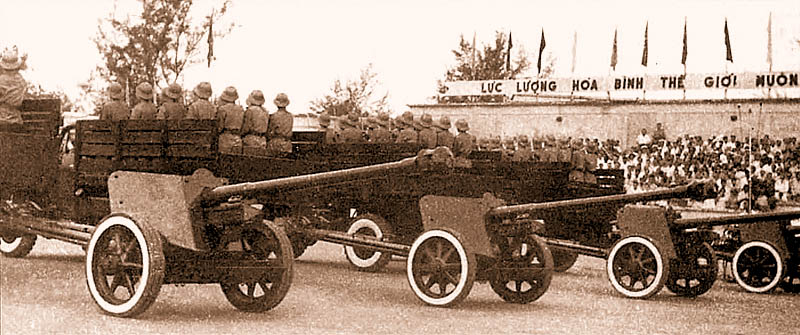Ratzki
Posts: 581
Joined: 8/18/2008
From: Chilliwack, British Columbia
Status: offline

|
quote:
ORIGINAL: Yoozername
@Rat
I don't take the 'small arms leap to real heavy weapons' leap that easily.
Steel shot is steel shot. Not lumps of lead nor jacketed lumps of lead.
Small arms are designed around a single velocity. ATG, like the PAK40, have to fire HE at a lower velocity, Solid shot at another, and Tungsten and W rounds at an even higher velocity. Artillery, with its bagged propellant,has to fire a range of projectiles at a range of velocities. The larger the projectile, the less spin is needed. But there has to be enough spin so that even with minimal charge, accuracy is maintained. Something like a modern 155mm weapon class fires a 650m/s projectile at 10,000 rpms. WWII ATG might triple that.
Not even close to true. Just a quick look through my reloading books for my 45-70 Gov't. gives me ten different weights of bullets from 300grains up to 510grains. Some of these weights have 3+ types of bullet construction from cast lead through partitioned and FMJ, solid copper alloy, and even solid tungsten bullets are listed. There are numerous shape types with variations of same shape types by bullet company. Cases by winchester, remington, ect., each with differing volumes to consider. I can load down to 1400fps and approach 2200fps. And all these will fire out my one lone gun, and I should be able to hit a 6" diametre Target at 200m consistantly in order to have any business out there hunting deer.
I am aware of all the differing possibilities there could be from an ATG with reguards to projectile variation. I think that the same laws of physics apply to all calibres equally. To reduce accuracy discussions down to a couple factors would make no sense. I can get variations in accuracy by using a Remington case vs a Winchester case where nothing else changes, on top of that cases from the same lot are not created equal and must be resized, deburred, ect. just to have a hope at consistant accuracy. As for a rifle just having to pick one of these and go, again there are lots of hunters out there who carry a moddified case to fire buckshot in case the see a grouse, then have their hunting round, and also carry a full charge round in case they see something that wants to eat them. All will be fired from the same gun. So back to your post on the 1st page where you protested some data that Mobiius posted because there would be no way that multiple velocities would be used due to training/sighting/performance issues. I do not find that this would hold true, if us silly hunters can do it with buckhorn sights while standing, I am sure that a AT gunner could figure it out without too much trouble.
|
 Printable Version
Printable Version














 New Messages
New Messages No New Messages
No New Messages Hot Topic w/ New Messages
Hot Topic w/ New Messages Hot Topic w/o New Messages
Hot Topic w/o New Messages Locked w/ New Messages
Locked w/ New Messages Locked w/o New Messages
Locked w/o New Messages Post New Thread
Post New Thread